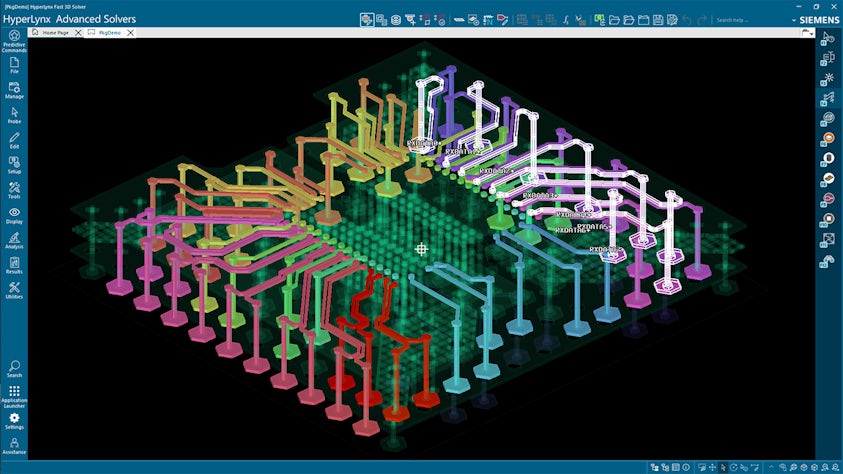Because quasi-static methods solve the network at a single frequency point, they run faster and can handle larger structures than their full-wave counterparts. They are typically used to create package models for small components that include parasitic values for all device pins, including pin-pin coupling for all pins.
They are also used for analog applications < 1GHz, where the PCB structures can be considered as lumped elements. Quasi-static methods are ideal for analog applications where the PCB parasitics affect circuit operation despite the structure's small physical size.



